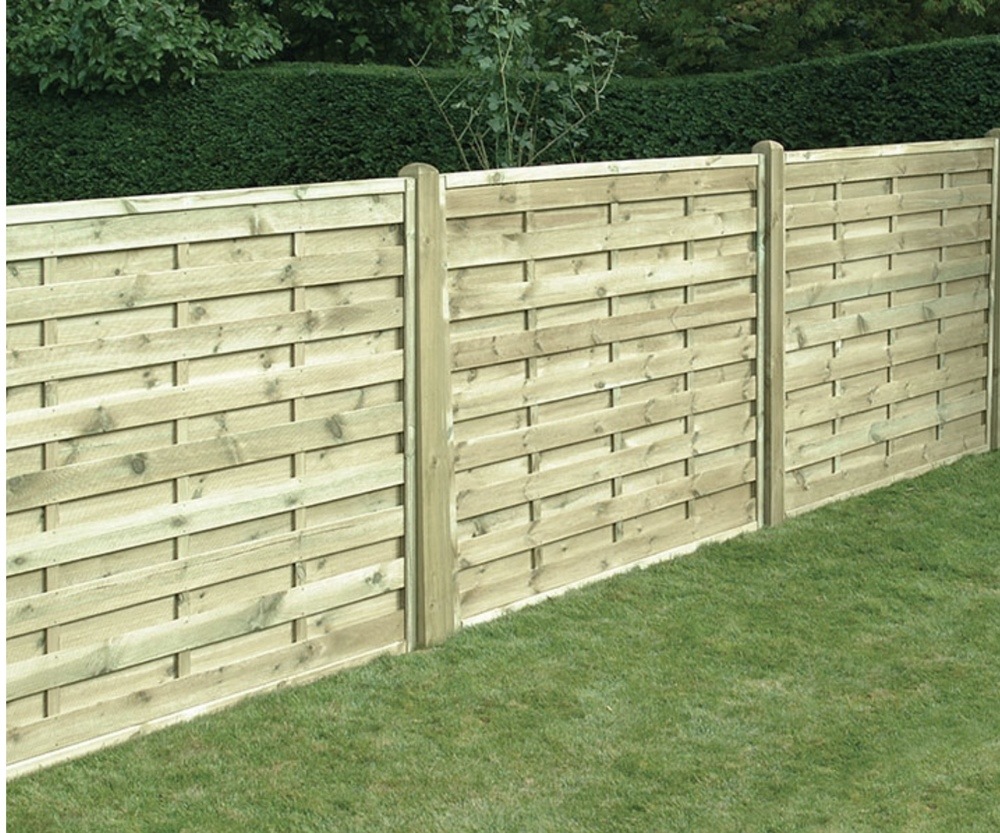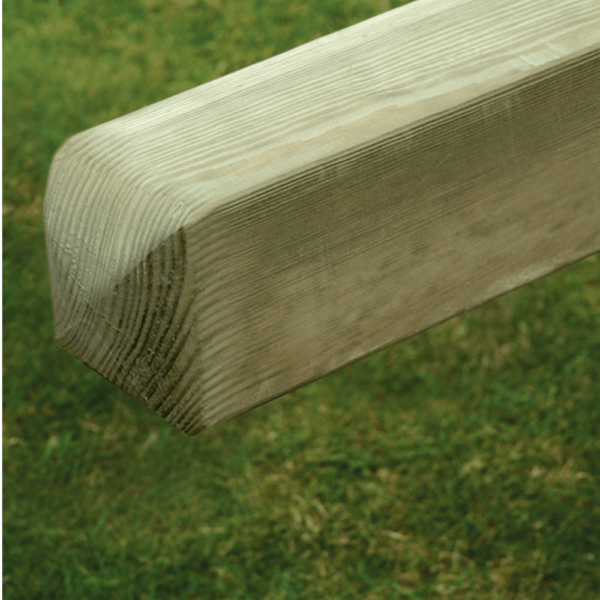Fencing
Cedar Fencing:
– Known for its natural resistance to decay and insects.
– Offers a rich, reddish-brown hue that weathers beautifully.
Pine Fencing:
– Affordable option with versatility in design.
– Requires proper treatment to enhance durability and prevent decay.
Redwood Fencing:
– Durable and naturally resistant to decay.
– Attractive colour variations, ranging from light pink to deep red.
Pressure-Treated Wood:
– Commonly pine or fir treated with preservatives for increased durability.
– Ideal for withstanding harsh weather conditions.
Hardwood Fencing:
– Offers exceptional strength and durability.
– Higher cost, but often chosen for its elegance and longevity.
Composite Wood Fencing:
– Blends wood fibres with recycled plastic for low maintenance.
– Resistant to rot, decay, and insects.
Bamboo Fencing:
– Renewable and eco-friendly option.
– Lightweight yet durable, suitable for various designs.
Split-Rail Fencing:
– Rustic design with horizontal rails inserted into vertical posts.
– Often used for decorative or agricultural purposes.
Picket Fencing:
– Classic design with evenly spaced vertical boards (pickets).
– Adds charm to gardens and complements traditional aesthetics.
Lattice Fencing:
– Incorporates a decorative lattice pattern for a more open feel.
– Ideal for climbing plants, creating a visually appealing barrier.
Choosing the right type of timber fencing depends on factors like budget, desired aesthetics, and maintenance preferences.






